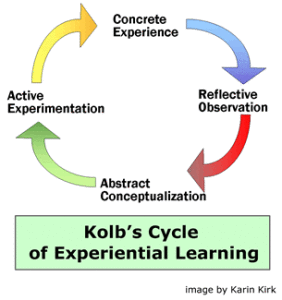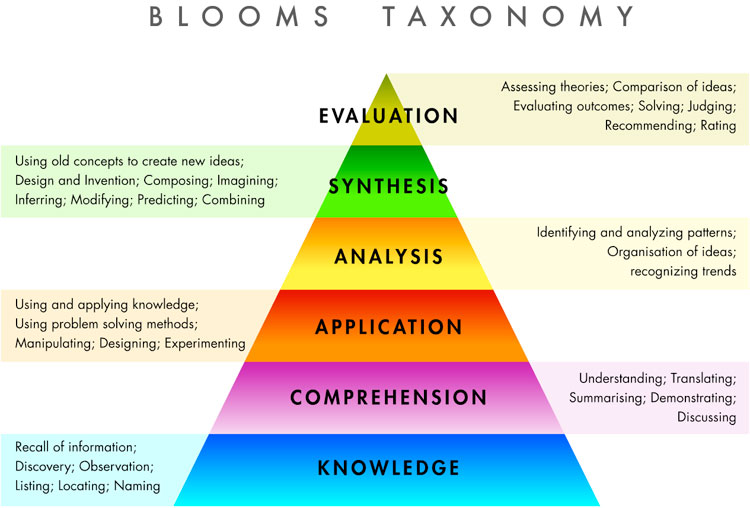The inimitable physicist Richard Feynman once said about teaching: “In teaching, sometimes you have to throw a bunch of wet toilet paper at the ceiling and see what sticks.” He described teaching as full of surprises, much like raising children; you’d think that with similar genetics kids would be similar, but in truth, most of the time there are so many different types of learners in a classroom that you can’t explain things in just one way and expect it to work for everyone. I think he’s on to something. Learning takes time, and teaching takes lots of flexibility and often, experimentation so that every person in the classroom grasps an idea solidly – not just the ones sitting at the front of the classroom dutifully note-taking.
I go into the classroom with a clear sense of strategy about what I want to be sure is conveyed, understood, and analyzed, but much of the rest of classroom dynamics is something that is emergent. I think it’s good teaching when a teacher understands the classroom as composed of a bunch of individual learners, each with their own processes of engaging with ideas. There are sparks that happen as people process concepts and engage with the materials in their own unique ways. It’s a thrilling experience to lead a classroom, and to take them on an intellectual journey, leaving them still hungry for more knowledge at the end of a semester. I also learn a lot through being reflective as a teacher, too, growing through my own journey of knowledge-sharing and analysis, and learning from my student’s questions.
My primary pedagogical orientation comes out of Kolb’s Experiential Learning Theory (ELT).  Honestly, I only discovered Kolb’s theory retrospectively, once I was already winging it as a first-time teacher on a comparative study abroad program. I was striving to help students process what they were seeing and feeling, while simultaneously struggling to get them to relate to the copious and hefty theoretical material I’d assigned for course readings. ELT in the classroom (not only on study abroad trips) offers a pragmatic approach for getting students relate to and synthesize abstract concepts. The theory is that learning happens best when a learner can relate concretely to things through concrete experience. Then, observations become distilled into abstract concepts, which the learner can then draw implications from and reflect upon. I strive to move the students’ thinking and comprehension so that they can analyze the abstractions, and then circle back to implications of their ideas through class dialogue between students, with me, and with the scholars whose work we are exploring together.
Honestly, I only discovered Kolb’s theory retrospectively, once I was already winging it as a first-time teacher on a comparative study abroad program. I was striving to help students process what they were seeing and feeling, while simultaneously struggling to get them to relate to the copious and hefty theoretical material I’d assigned for course readings. ELT in the classroom (not only on study abroad trips) offers a pragmatic approach for getting students relate to and synthesize abstract concepts. The theory is that learning happens best when a learner can relate concretely to things through concrete experience. Then, observations become distilled into abstract concepts, which the learner can then draw implications from and reflect upon. I strive to move the students’ thinking and comprehension so that they can analyze the abstractions, and then circle back to implications of their ideas through class dialogue between students, with me, and with the scholars whose work we are exploring together.
Bloom’s taxonomy is also particularly helpful to me in shaping course objectives, learning outcomes, and evaluative assignments.
